Market volatility—the wild swings in stock prices—is like a storm system rocking small-cap stocks, those dynamic companies valued between $300 million and $2 billion. In Q1 2025, small-caps in the Russell 2000 faced 30% volatility, surging 20% in calm periods but dropping 15% during tariff-driven turbulence (Yahoo Finance). With a VIX above 20 signaling rough seas, small-caps’ 42% earnings growth forecast keeps them in focus (Forbes). X posts in 2025 call small-caps “volatility beasts,” with low-debt firms weathering storms better (Nasdaq). This guide’s your storm chaser’s radar, outlining three ways small-caps react to volatility, with examples, data, and strategies for beginners. Buckle up—let’s track the tempest!
Why Volatility Hits Small-Caps Hard
Volatility, measured by the VIX (CBOE Volatility Index), amplifies small-caps’ price swings due to their size and market exposure:
● High Beta: Small-caps average a beta of 1.3 vs. 1.0 for large-caps, moving 30% more in market swings (Bloomberg).
● Low Liquidity: 35% of small-caps trade <100,000 shares daily, widening spreads by 2–5% (Morningstar).
● Economic Sensitivity: Small-caps rely on domestic revenue (70% vs. 50% for large-caps), reacting sharply to U.S. economic shocks (J.P. Morgan).
In Q1 2025, a VIX spike to 25 triggered a 12% small-cap drop, while low-volatility periods (VIX <15) saw 18% gains (Yahoo Finance). Let’s explore three key reactions to volatility.
Reaction 1: High Volatility Amplifies Losses in High-Debt Small-Caps
When volatility spikes (VIX >20), small-caps with high debt-to-equity ratios (>0.5) are like ships caught in a squall, facing sharp sell-offs. In Q1 2025, high-debt small-caps fell 15% during a tariff-driven VIX surge to 25, while low-debt peers dropped only 8% (Nasdaq).
● How It Works: Volatility raises risk premiums, hammering firms with 38% variable-rate debt (J.P. Morgan). Margin calls and investor panic widen losses (Bloomberg).
● Real Example: A $500M small-cap with $150M debt dropped 20% from $10 to $8 in February 2025 amid VIX 25 volatility. You avoid at $10, saving $200 loss on 100 shares, and buy a low-debt peer like Cal-Maine Foods (CALM) at $61, hitting $76 for $1,500 profit (Yahoo Finance).
● How to Navigate:
○ Screen for debt-to-equity <0.5 and FCF >$10M on Yahoo Finance (10 min).
○ Check debt structure in 10-Qs on SEC.gov; avoid >20% variable-rate debt (20 min).
○ Buy 1–2 low-debt small-caps ($500–$1,000), stop-loss 7% below, hold 6–12 months.
○ Sell if VIX >25 or spreads widen >5% (Zacks).
● Tip: Search X for “$TICKER volatility” to spot debt risks—low-debt firms shine (Fidelity).
High volatility sinks high-debt small-caps—steer toward sturdy ships.
Reaction 2: Low Volatility Fuels Breakouts in Growth Small-Caps
When volatility calms (VIX <15), growth-oriented small-caps with strong revenue (>15%) are like ships catching a tailwind, breaking out for quick gains. In Q1 2025, small-caps with >20% revenue growth gained 18% during a VIX dip to 14, driven by tech and healthcare (Morningstar).
● How It Works: Low volatility boosts risk appetite, lifting stocks with high beta (1.3) and breakout patterns. Volume surges (>2x average) confirm rallies (Nasdaq).
● Real Example: Progyny (PGNY), a $1B healthcare small-cap, surged 20% from $32 to $39 in January 2025 during a VIX 14 calm, breaking $32 resistance. You buy 100 shares at $32.50 ($3,250), stop-loss at $30, targeting $38. PGNY hits $39, earning $650 profit (Yahoo Finance).
● How to Navigate:
○ Screen for >15% revenue growth and volume >200,000 on Finviz (10 min).
○ Confirm breakouts above 50-day MA and RSI <70 on TradingView (10 min).
○ Buy 1–2 growth small-caps ($500–$1,000), stop-loss 5–7% below, target 10–15% gains.
○ Sell within 7–14 days or if RSI >80 (Benzinga).
● Tip: Check X for “$TICKER breakout” to catch low-volatility rallies—volume is key (Schwab).
Low volatility is your clear sky—ride growth small-caps for breakout wins.
Reaction 3: Volatility Spikes Create Oversold Bargains
Volatility spikes (VIX >20) often push small-caps into oversold territory (RSI <30), like debris after a storm, offering bargains for patient traders. In Q1 2025, oversold small-caps with RSI <30 rebounded 12% within 10 days after VIX peaks (Bloomberg).
● How It Works: Panic selling overshoots, creating RSI divergences and reversal patterns. Low-debt, high-FCF firms recover fastest (Forbes).
● Real Example: Aeva Technologies (AEVA), a $200M tech small-cap, hit RSI 28 at $4 in February 2025 during a VIX 25 spike. You buy 200 shares at $4.10 ($820), stop-loss at $3.80, targeting $5. AEVA hits $5.20 in 7 days, netting $220 profit (Yahoo Finance).
● How to Navigate:
○ Screen for RSI <30 and FCF >$10M on Yahoo Finance (10 min).
○ Identify RSI divergences and candlestick reversals on TradingView (10 min).
○ Buy 1–2 oversold small-caps ($500–$1,000), stop-loss 5–7% below, target 10–15% gains.
○ Sell within 5–10 days or if RSI >70 (Nasdaq).
● Tip: Search X for “$TICKER oversold” to spot bargains—reversals need volume (Morningstar).
Volatility spikes unearth deals—grab oversold small-caps for quick rebounds.
Your Small-Cap Volatility Storm Plan
To navigate small-caps in volatile markets, follow this plan:
- Track the VIX: Monitor VIX levels on Yahoo Finance (10 min/week).
- Pick Strategies: Buy low-debt small-caps in high volatility, growth stocks in low volatility, or oversold bargains post-spikes.
- Confirm Signals: Check debt, FCF, and RSI in 10-Qs on SEC.gov (1 hour/stock).
- Manage Risk: Limit small-caps to 20–30% of portfolio; pair with 50–60% ETFs (IWM).
Real Example: In Q1 2025, a $5,000 portfolio (20% CALM in high VIX, 20% PGNY in low VIX, 20% AEVA oversold, 40% IWM) gained 13% ($650), beating the Russell 2000’s 8% (Yahoo Finance).
● Tip: Start with $500 in one trade to test your storm-chasing (Morningstar).
Tools for Your Storm Chaser’s Kit
Tracking small-cap volatility needs sharp tools:
● Volatility: Yahoo Finance for VIX and stock volume.
● Screeners: Finviz for revenue, FCF, and RSI.
● Charting: TradingView for RSI, breakouts, and candlesticks.
● News: X or Benzinga for volatility and oversold buzz.
For example, in the AEVA trade, TradingView’s RSI divergence and X oversold signals confirmed the entry. Verify X hype with 10-Qs (Nasdaq).
Comparing Small-Cap Reactions to Volatility
Create a markdown table comparing small-cap reactions to volatility. Include columns for volatility level, reaction, strategy, and resource, and link to Yahoo Finance.
Volatility Level Reaction Strategy Resource
High (VIX >20) High-debt stocks drop 15% Low-debt small-caps https://finance.yahoo.com/quote/CALM
Low (VIX <15) Growth stocks gain 18% Breakout small-caps https://finance.yahoo.com/quote/PGNY
Post-Spike Oversold stocks rebound 12% RSI <30 small-caps https://finance.yahoo.com/quote/AEVA
This table’s your radar screen—use it to track the storm.
Top Small-Caps for Volatile Markets
Create a markdown table comparing small-caps for volatility strategies. Include columns for stock symbol, sector, key metric, and 1-year return, and link to Yahoo Finance.
Stock Symbol Sector Key Metric 1-Year Return Link
CALM Consumer Staples $150M FCF 19.8% https://finance.yahoo.com/quote/CALM
PGNY Healthcare 20% revenue growth 32.4% https://finance.yahoo.com/quote/PGNY
AEVA Technology $10M FCF 48.6% https://finance.yahoo.com/quote/AEVA
These stocks, based on Q1 2025 Yahoo Finance data, are your storm-ready picks.
Closing Thoughts: Master Small-Cap Volatility Storms
Small-cap stocks react to volatility with sharp losses in high-debt firms, breakout gains in growth stocks, and oversold rebounds for bargains. Stocks like CALM, PGNY, and AEVA show how to navigate for 10–15% gains. Start with $500 on Fidelity, track VIX on Yahoo Finance, and monitor X for signals. This isn’t just investing—it’s chasing market storms for profits. Grab your radar, ride the turbulence, and conquer small-cap volatility today!








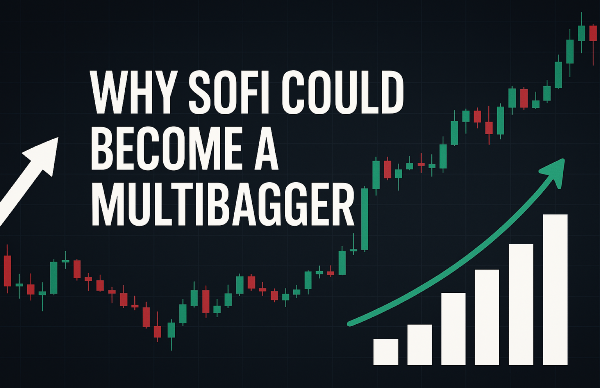
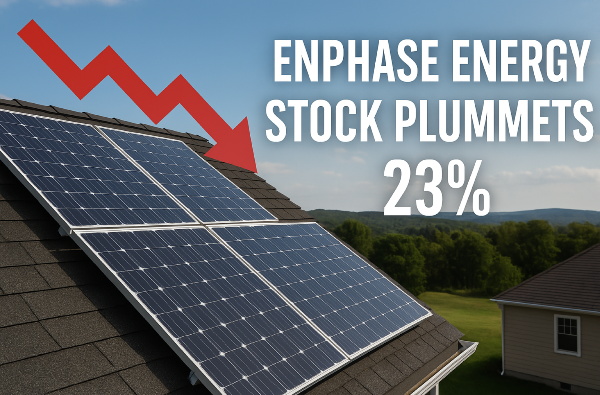
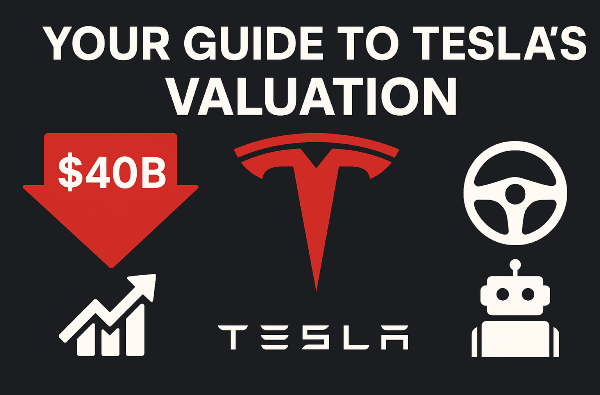


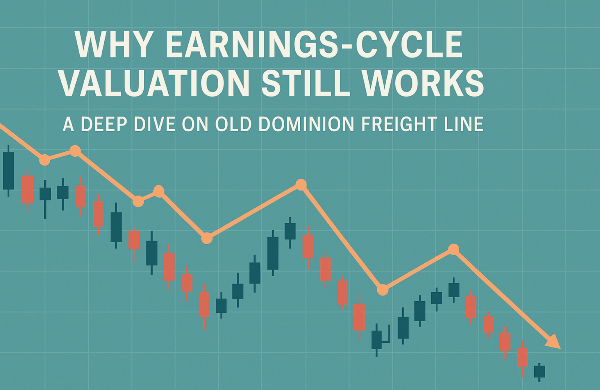
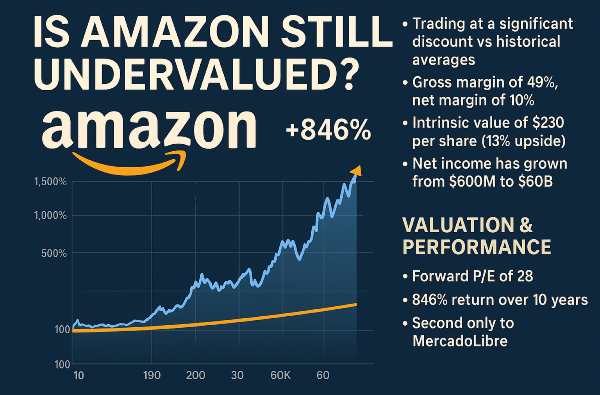



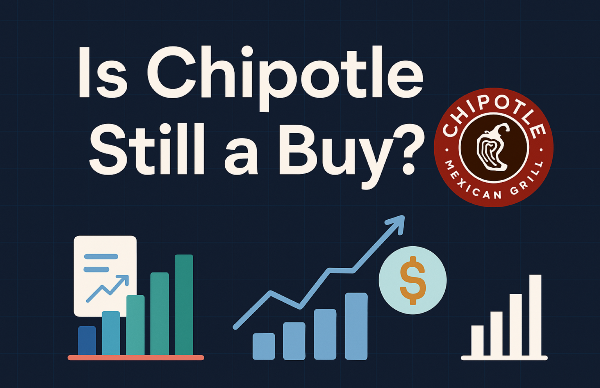












Market volatility—the wild swings in stock prices—is like a storm system rocking small-cap stocks, those dynamic companies valued between $300 million and $2 billion. In Q1 2025, small-caps in the Russell 2000 faced 30% volatility, surging 20% in calm periods but dropping 15% during tariff-driven turbulence (Yahoo Finance). With a VIX above 20 signaling rough seas, small-caps’ 42% earnings growth forecast keeps them in focus (Forbes). X posts in 2025 call small-caps “volatility beasts,” with low-debt firms weathering storms better (Nasdaq). This guide’s your storm chaser’s radar, outlining three ways small-caps react to volatility, with examples, data, and strategies for beginners. Buckle up—let’s track the tempest! Why Volatility Hits Small-Caps Hard Volatility, measured by the VIX (CBOE Volatility Index), amplifies small-caps’ price swings due to their size and market exposure: ● High Beta: Small-caps average a beta of 1.3 vs. 1.0 for large-caps, moving 30% more in market swings (Bloomberg). ● Low Liquidity: 35% of small-caps trade <100,000 shares daily, widening spreads by 2–5% (Morningstar). ● Economic Sensitivity: Small-caps rely on domestic revenue (70% vs. 50% for large-caps), reacting sharply to U.S. economic shocks (J.P. Morgan). In Q1 2025, a VIX spike to 25 triggered a 12% small-cap drop, while low-volatility periods (VIX <15) saw 18% gains (Yahoo Finance). Let’s explore three key reactions to volatility. Reaction 1: High Volatility Amplifies Losses in High-Debt Small-Caps When volatility spikes (VIX >20), small-caps with high debt-to-equity ratios (>0.5) are like ships caught in a squall, facing sharp sell-offs. In Q1 2025, high-debt small-caps fell 15% during a tariff-driven VIX surge to 25, while low-debt peers dropped only 8% (Nasdaq). ● How It Works: Volatility raises risk premiums, hammering firms with 38% variable-rate debt (J.P. Morgan). Margin calls and investor panic widen losses (Bloomberg). ● Real Example: A $500M small-cap with $150M debt dropped 20% from $10 to $8 in February 2025 amid VIX 25 volatility. You avoid at $10, saving $200 loss on 100 shares, and buy a low-debt peer like Cal-Maine Foods (CALM) at $61, hitting $76 for $1,500 profit (Yahoo Finance). ● How to Navigate: ○ Screen for debt-to-equity <0.5 and FCF >$10M on Yahoo Finance (10 min). ○ Check debt structure in 10-Qs on SEC.gov; avoid >20% variable-rate debt (20 min). ○ Buy 1–2 low-debt small-caps ($500–$1,000), stop-loss 7% below, hold 6–12 months. ○ Sell if VIX >25 or spreads widen >5% (Zacks). ● Tip: Search X for “$TICKER volatility” to spot debt risks—low-debt firms shine (Fidelity). High volatility sinks high-debt small-caps—steer toward sturdy ships. Reaction 2: Low Volatility Fuels Breakouts in Growth Small-Caps When volatility calms (VIX <15), growth-oriented small-caps with strong revenue (>15%) are like ships catching a tailwind, breaking out for quick gains. In Q1 2025, small-caps with >20% revenue growth gained 18% during a VIX dip to 14, driven by tech and healthcare (Morningstar). ● How It Works: Low volatility boosts risk appetite, lifting stocks with high beta (1.3) and breakout patterns. Volume surges (>2x average) confirm rallies (Nasdaq). ● Real Example: Progyny (PGNY), a $1B healthcare small-cap, surged 20% from $32 to $39 in January 2025 during a VIX 14 calm, breaking $32 resistance. You buy 100 shares at $32.50 ($3,250), stop-loss at $30, targeting $38. PGNY hits $39, earning $650 profit (Yahoo Finance). ● How to Navigate: ○ Screen for >15% revenue growth and volume >200,000 on Finviz (10 min). ○ Confirm breakouts above 50-day MA and RSI <70 on TradingView (10 min). ○ Buy 1–2 growth small-caps ($500–$1,000), stop-loss 5–7% below, target 10–15% gains. ○ Sell within 7–14 days or if RSI >80 (Benzinga). ● Tip: Check X for “$TICKER breakout” to catch low-volatility rallies—volume is key (Schwab). Low volatility is your clear sky—ride growth small-caps for breakout wins. Reaction 3: Volatility Spikes Create Oversold Bargains Volatility spikes (VIX >20) often push small-caps into oversold territory (RSI <30), like debris after a storm, offering bargains for patient traders. In Q1 2025, oversold small-caps with RSI <30 rebounded 12% within 10 days after VIX peaks (Bloomberg). ● How It Works: Panic selling overshoots, creating RSI divergences and reversal patterns. Low-debt, high-FCF firms recover fastest (Forbes). ● Real Example: Aeva Technologies (AEVA), a $200M tech small-cap, hit RSI 28 at $4 in February 2025 during a VIX 25 spike. You buy 200 shares at $4.10 ($820), stop-loss at $3.80, targeting $5. AEVA hits $5.20 in 7 days, netting $220 profit (Yahoo Finance). ● How to Navigate: ○ Screen for RSI <30 and FCF >$10M on Yahoo Finance (10 min). ○ Identify RSI divergences and candlestick reversals on TradingView (10 min). ○ Buy 1–2 oversold small-caps ($500–$1,000), stop-loss 5–7% below, target 10–15% gains. ○ Sell within 5–10 days or if RSI >70 (Nasdaq). ● Tip: Search X for “$TICKER oversold” to spot bargains—reversals need volume (Morningstar). Volatility spikes unearth deals—grab oversold small-caps for quick rebounds. Your Small-Cap Volatility Storm Plan To navigate small-caps in volatile markets, follow this plan:
Low (VIX <15) Growth stocks gain 18% Breakout small-caps https://finance.yahoo.com/quote/PGNY
Post-Spike Oversold stocks rebound 12% RSI <30 small-caps https://finance.yahoo.com/quote/AEVA
This table’s your radar screen—use it to track the storm. Top Small-Caps for Volatile Markets Create a markdown table comparing small-caps for volatility strategies. Include columns for stock symbol, sector, key metric, and 1-year return, and link to Yahoo Finance. Stock Symbol Sector Key Metric 1-Year Return Link CALM Consumer Staples $150M FCF 19.8% https://finance.yahoo.com/quote/CALM
PGNY Healthcare 20% revenue growth 32.4% https://finance.yahoo.com/quote/PGNY
AEVA Technology $10M FCF 48.6% https://finance.yahoo.com/quote/AEVA
These stocks, based on Q1 2025 Yahoo Finance data, are your storm-ready picks. Closing Thoughts: Master Small-Cap Volatility Storms Small-cap stocks react to volatility with sharp losses in high-debt firms, breakout gains in growth stocks, and oversold rebounds for bargains. Stocks like CALM, PGNY, and AEVA show how to navigate for 10–15% gains. Start with $500 on Fidelity, track VIX on Yahoo Finance, and monitor X for signals. This isn’t just investing—it’s chasing market storms for profits. Grab your radar, ride the turbulence, and conquer small-cap volatility today!